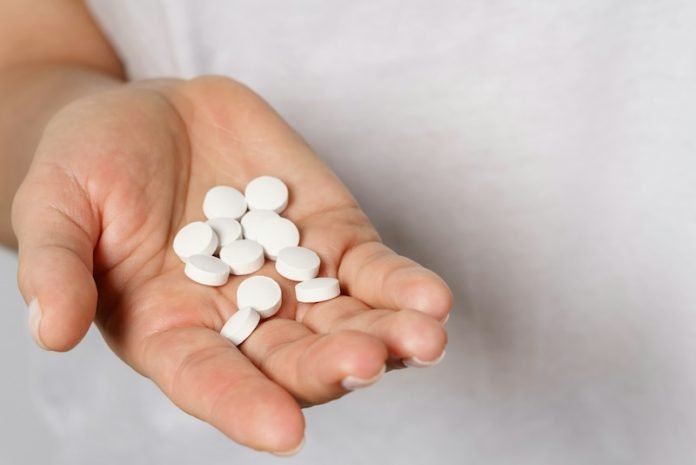
Medications are designed to help us heal, but sometimes they come with hidden risks, one of the most serious being damage to our liver and kidneys.
These organs play critical roles in processing and eliminating substances from the body, including medications. When they’re damaged by these substances, the consequences can be severe.
This article explores how certain drugs can lead to liver and kidney toxicity, the warning signs to look out for, and steps to prevent such damage.
How Medications Can Harm the Liver and Kidneys
The liver is a powerhouse organ responsible for breaking down substances, including drugs, and removing toxins from the blood. However, some medications can interfere with these processes, leading to liver cell damage and, in severe cases, liver failure.
The kidneys, which filter blood to produce urine, can also be affected by drugs that can cause direct damage to the kidney’s cells or disrupt blood flow, leading to impaired kidney function.
Some common medications associated with liver toxicity include acetaminophen (a typical over-the-counter pain reliever), certain antibiotics, nonsteroidal anti-inflammatory drugs (NSAIDs), and some antiepileptic drugs.
Acetaminophen, for example, is safe in recommended doses, but high amounts can lead to severe liver damage, and even failure. According to the “Journal of Clinical Gastroenterology,” excessive use of acetaminophen is one of the most common causes of drug-induced liver injury.
In the case of kidney toxicity, NSAIDs like ibuprofen and naproxen can reduce blood flow to the kidneys, impairing their function, especially if used regularly over a long period or in people with existing kidney disease.
Certain antibiotics and chemotherapy drugs can also accumulate in the kidneys and cause direct damage.
Research published in the “American Journal of Medicine” highlights that drug-induced kidney damage is a significant cause of acute kidney injury, particularly in hospitalized patients.
Signs and Symptoms of Liver and Kidney Toxicity
The signs of drug-induced liver damage can vary but often include jaundice (yellowing of the skin and eyes), upper abdominal pain, swelling in the legs and ankles, itchy skin, and dark urine.
On the other hand, symptoms of kidney toxicity might include reduced urine output, swelling in the legs and feet due to fluid retention, fatigue, and nausea.
Prevention and Management
To reduce the risk of drug-induced liver and kidney toxicity, it is essential to follow dosing recommendations carefully and avoid using multiple medications that can harm the liver or kidneys simultaneously.
Regular monitoring through blood tests can help detect damage early before symptoms become severe. This is especially important for those who need long-term medication therapy.
It’s also crucial for patients to discuss all their medications, including over-the-counter drugs and supplements, with their healthcare provider to ensure they are aware of potential interactions and risks.
For those with existing liver or kidney issues, healthcare providers might recommend alternative medications with a lower risk of causing further damage.
Understanding the risks of drug-induced liver and kidney toxicity is crucial for anyone taking medication, particularly those on long-term treatment plans or those already living with liver or kidney disease.
By being informed, patients can take proactive steps to protect their health while benefiting from their medications.
Awareness of the symptoms and regular communication with healthcare providers can prevent severe consequences and ensure that these vital organs are protected.
If you care about liver health, please read studies about simple habit that could give you a healthy liver, and common diabetes drug that may reverse liver inflammation.
For more information about health, please see recent studies about simple blood test that could detect your risk of fatty liver disease, and results showing this green diet may strongly lower non-alcoholic fatty liver disease.
Copyright © 2024 Knowridge Science Report. All rights reserved.



